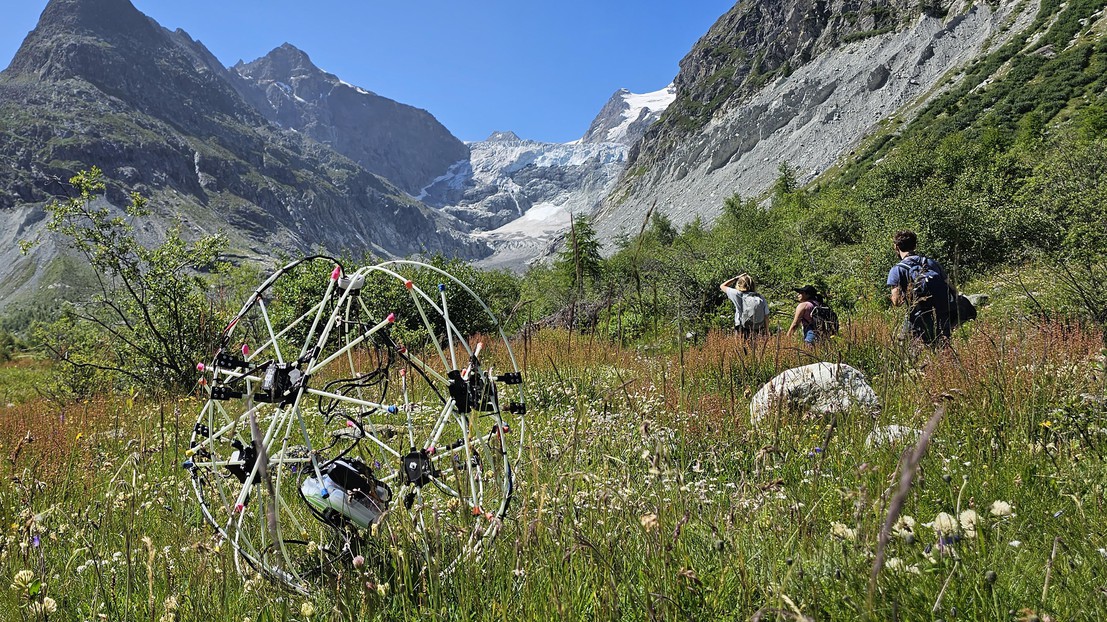2025-02-27 アリゾナ大学
<関連情報>
- https://news.arizona.edu/news/how-next-gen-telescopes-could-discover-extraterrestrial-oxygen
- https://iopscience.iop.org/article/10.3847/1538-3881/adb02f
Bioverse: 巨大マゼラン望遠鏡と超大型望遠鏡の直接撮像と高分解能分光評価-地球外酸素の調査とハビタブルゾーン酸素仮説の検証 Bioverse: Giant Magellan Telescope and Extremely Large Telescope Direct Imaging and High-resolution Spectroscopy Assessment—Surveying Exo-Earth O2 and Testing the Habitable Zone Oxygen Hypothesis
Kevin K. Hardegree-Ullman, Dániel Apai, Sebastiaan Y. Haffert, Martin Schlecker, Markus Kasper, Jens Kammerer, and Kevin Wagner
The Astronomical Journal Published: 2025 February 26
DOI:10.3847/1538-3881/adb02f

Abstract
Biosignature detection in the atmospheres of Earth-like exoplanets is one of the most significant and ambitious goals for astronomy, astrobiology, and humanity. Molecular oxygen is among the strongest indicators of life on Earth, but it will be extremely difficult to detect via transmission spectroscopy. We used the Bioverse statistical framework to assess the ability to probe Earth-like O2 levels on hypothetical nearby habitable zone exo-Earth candidates (EECs) using direct imaging and high-resolution spectroscopy on the Giant Magellan Telescope (GMT) and the Extremely Large Telescope (ELT). Assuming continued improvement in instruments and data processing, our analysis highlights the best-case scenarios. Earth-like O2 levels could be probed on up to ∼7 and ∼19 EECs orbiting bright M dwarfs within 20 pc in a hypothetical 10 yr survey on the GMT and ELT, respectively. Four known super-Earth candidates, including Proxima Centauri b, could be probed for O2 within about 1 week of observations on the ELT and a few months on the GMT. We also assessed the ability of the ELT to test the habitable zone oxygen hypothesis—that habitable zone Earth-sized planets are more likely to have O2—within a 10 yr survey using Bioverse. Testing this hypothesis requires either ∼one-half of the EECs to have O2 or ∼one-third if η⊕ is large. A Northern Hemisphere large-aperture telescope, such as the Thirty Meter Telescope, would expand the target star pool by about 25%, reduce the time to probe biosignatures on individual targets, and provide an additional independent check on potential biosignature detections.



